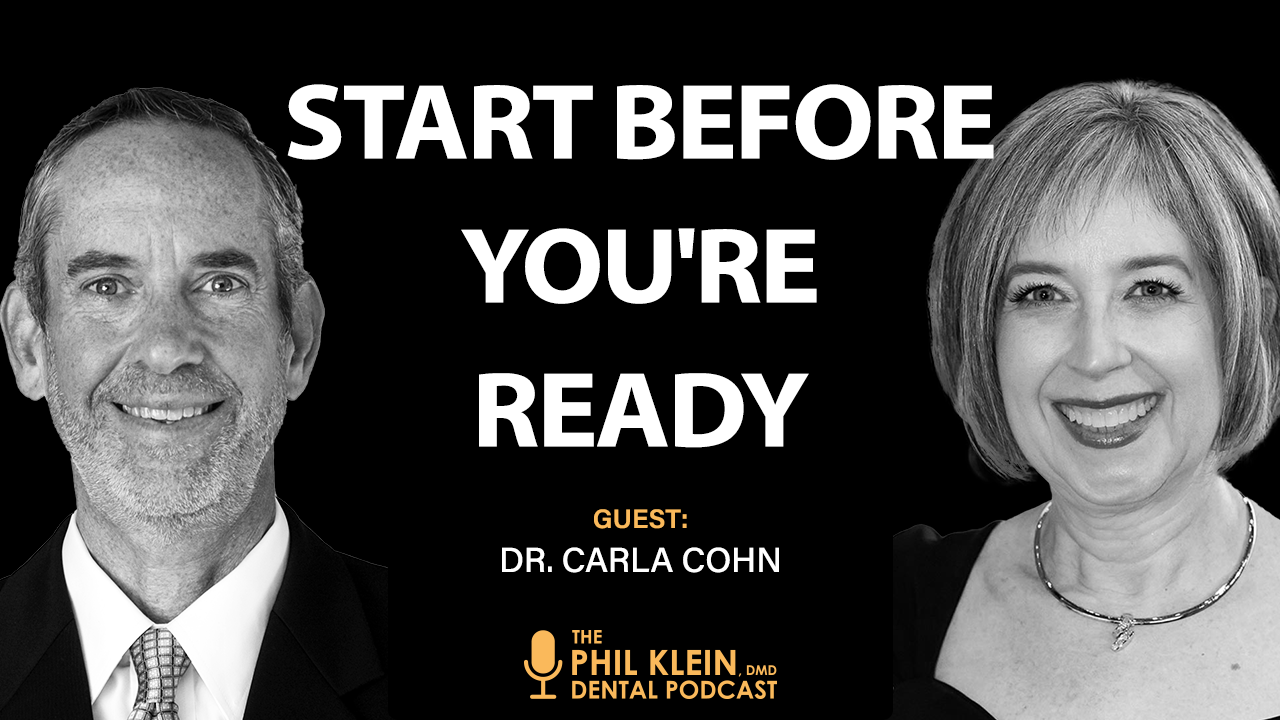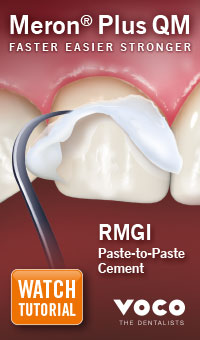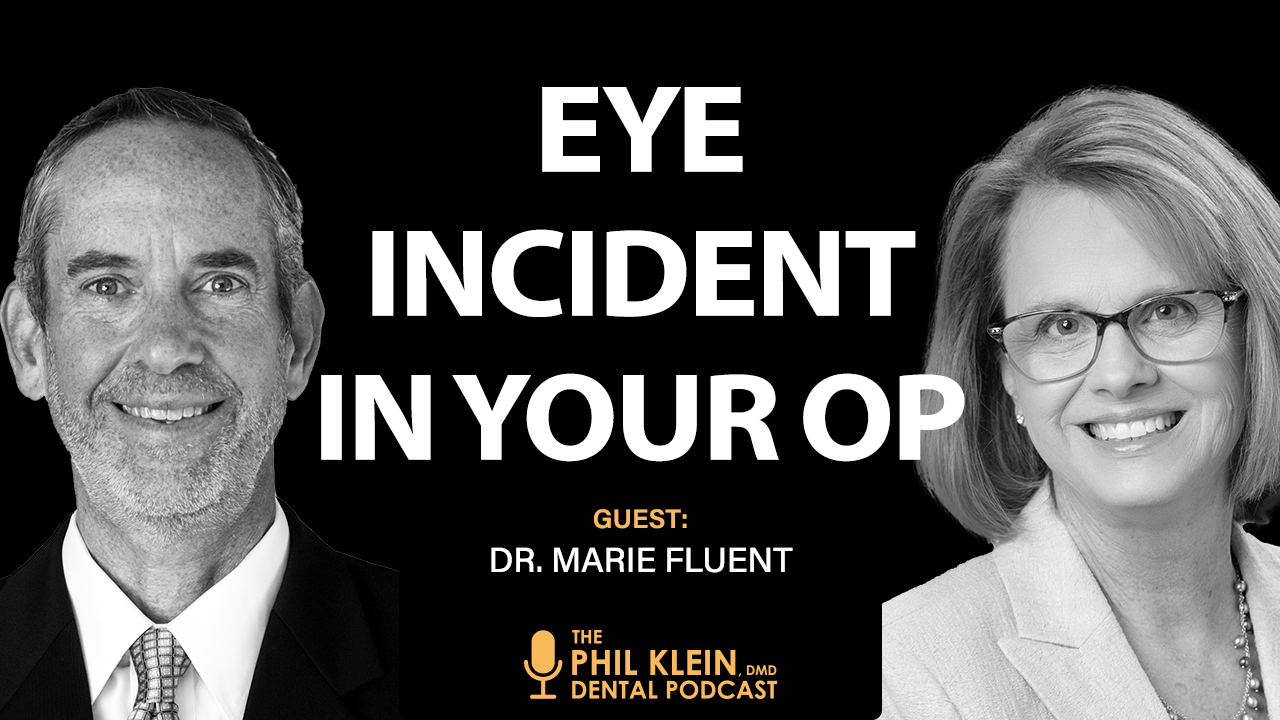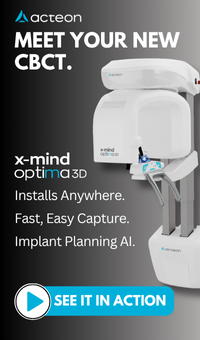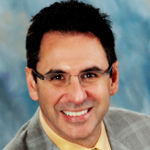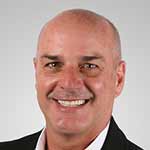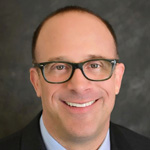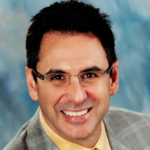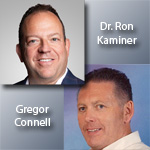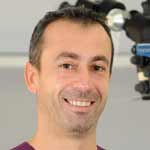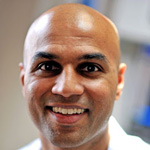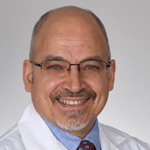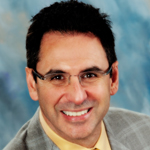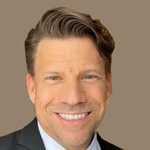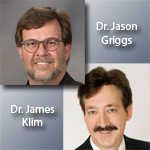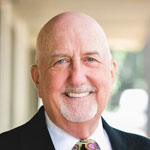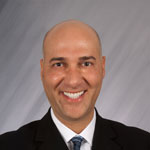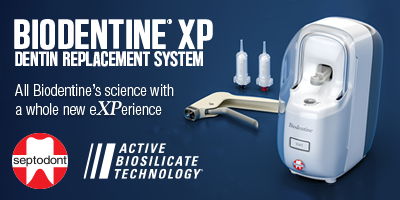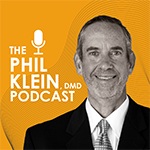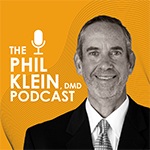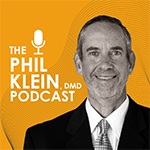Part four of the webinar series “Learning From Our Mistakes” will take you on Dr. Gupta's journey of becoming the successful dentist he is today. Dr. Gupta will share techniques for repairing restorations of various classes caused by incorrect selection of materials or technique. He will discuss current restorative techniques and product choices for the clinician seeking to advance their skills while getting the procedure completed in a minimal amount of time. Learn how to avoid mistakes from this wet-finger dentist by using restorative products that are high quality, easy to use, and have a healthy impact on patients' lives. This CE webinar is a must-see if you want to enhance your skill set and improve your everyday dentistry with the aesthetics and healthfulness you and your patients expect.
In this CE webinar, we will discuss the current methods of trying to reduce recurrent decay in composite restorations, why new methods are needed, and how we can minimize recurrent decay through chemistry and technologies.
Dr. Alisa Kauffman, a 37 year pioneer in Geriatric House Call Dentistry shares her excitement for a way to expand, transition or open a niche practice with virtually zero overhead. In this CE webinar, she tells all from how to get started, what equipment is necessary, and all the products she recommends. There is no holding back and we will give you an opportunity to have your questions answered.
Posterior restoration success has much to do with the principles in primary anatomy that are often focused on and restricted to only anterior teeth. The art of layering posterior composites is not only a functional art, it reflects our desire to mimic nature in esthetics also in our practice of Bio-Emulation. Conversely, there are anatomical features of anterior teeth that are often neglected, just because they are out of direct frontal sight. When are teeth "too weak" for some restorative materials? How does one dial in the occlusion to maximize success using modern direct materials some never thought possible to use in extensive applications? How can we humanely and successfully place large restorations with a conservative slant in youngsters with massive structural deficits? What are the keys to success in posterior bonding besides esthetic? How do we minimize post-operative sensitivity and marginal leakage? How do we maximize shear bond strengths to the substrate, much of which is "unpredictable" dentin? We will review curing strategies for best long-term clinical success.
Sinus perforations occur commonly during several clinical situations. These include conventional extractions of teeth with close proximity of the roots to the sinus floor, peri-apical lesions with bone loss extending into the sinus, and membrane tear during sinus lift bone augmentation procedures. If untreated, such perforations may persist as oral antral fistulas or compromised healing. While proper 3-D diagnostic imaging and techniques are important in prevention of such complications, clinicians must be prepared to manage such perforations should they occur. In this CE webinar, Dr. H. Ryan Kazemi presents commons clinical circumstances where sinus perforations may occur, and discusses immediate management strategies using either a single- or triple-layer technique.
During this CE webinar, we will
• Identify the different sources of hypersensitivity
• Learn various products to address hypersensitivity whether it is procedural or residual
• Understand the mechanism of action of various desensitizing products and how to select the correct one or combination
• Learn how to implement these products into your current clinical protocols
These devices are sleek, easy to use, and all the rage among teens, young adults, and those seeking to quit traditional cigarettes. But what is the impact on oral and overall health? In this CE webinar, let's explore the current vape culture and empower healthcare providers to gain knowledge and confidence in modern-day substance use.
Through this enlightening CE webinar, Dr. Geissberger will discuss strategies and materials that can greatly improve clinical outcomes in a patient population with uncontrolled caries. The importance of oral pH will be discussed and strategies for altering an unfavorable oral environment will be outlined. Particular attention will be given to preventative and restorative protocols that can be implemented in private practice. The use of glass ionomers will be discussed, emphasizing proper placement techniques.
By virtually eliminating bleeding, sutures, and post-operative pain, the 9.3µm CO2 All-Tissue Laser enables a true “Crown in a Day” experience for your patients. This CE webinar introduces techniques for performing closed and open crown lengthening, highlighting the precision cutting and predictable, rapid healing the 9.3µm CO2 All-Tissue Laser provides.
This CE webinar will include many clinical cases that demonstrate the ability of single-shade composites to match teeth of many shades, thus eliminating the need for huge inventories of seldom used materials. Specifically, we will discuss a novel use of a single-shade composite to match the tooth of a patient who is a chronic user of over-the-counter whitening agents.
During this CE webinar, we will learn
• how to fabricate the provisional matrix, the matrix material we use for various provisional types of fabrication
• how to trim, finish, and polish provisional to create exquisite fit and aesthetics
• how special provisional cement facilitates easy removal of excess from the margins and delivers a seamless marginal seal to minimize sensitivity
Burs are not a one size fits all type of thing. Burs are the interface to operative dentistry. Selection of the proper bur can make your operative dentistry more efficient and less traumatic to the patient. Thinking about what the bur needs to do to the tooth before starting the procedure will make your bur selection easier and dentistry better. This CE webinar will discuss why bur selection is important and try and get you out of your bur comfort zone.
Long COVID has affected 23 million Americans, pushing an estimated 1 million out of work. However significant, the full magnitude of health and economic effects is yet to be determined. The causes of long COVID are not fully understood, complicating diagnosis and treatment. This CE webinar educates the dental professional on the patient’s systemic and oral health risks post-COVID-19.
This CE webinar will provide to the attendee the fundamentals, including pharmacology, mechanism of action, indications, contraindications, and best practice of the use of nitrous oxide in dentistry. The webinar will review everything important for the dentist regardless the use of nitrous oxide. The information will be presented in a concise form with special emphasis in practical tips for a successful use of nitrous.
Dental material manufacturers tend to promote their respective materials using combinations of literature and various studies. Literature extols the physical properties of various materials, often using bar graph data to compare one competitor to another. The question is: what is the true importance of that “data” to “my dentistry?”
This CE webinar will discuss the clinical significance of those bar graphs. Life behind bars will take the listener into the world of material design and testing and attempt to connect the data to where it matters - the clinical application of the material. Mr. Connell will speak to the testing parameters and value of the data presented, while Dr. Ron Kaminer will discuss the clinical implications of the data being discussed.
Advancements in technology and materials have shifted the field of dentistry. Providers opt to rely more on chemical adhesion over mechanical retention with their indirect restorations. This paradigm shift of preparation design to a more conservative approach is dependent on an equal shift in our bonding protocols. The road to reliability in adhesive dentistry is paved through consistency and reliance on adhering to science. Developing systems and protocols and sticking to them ensures long term stability with indirect restorations. Which in turn results in happy patients with reliable outcomes. But how does one develop the proper systems and protocols? In this CE webinar, providers will learn how to simplify yet optimize their isolation techniques and bonding protocols to achieve more predictable long-term success with their indirect restorative outcomes. In addition to establishing consistent bonding protocols for single unit delivery cases, providers will be able scale these bonding techniques for any unit delivery.
Professional preventative services are key to maintain oral health. Selecting the right preventative protocol and products for your hygiene toolkit not only benefits the patient, but it also has an impact on provider hand and wrist health. Utilizing the best professional products at your disposal helps streamline the patient care process with ease. Efficacy, ease of application and patient satisfaction are key elements when determining the right protocol leading to happier and healthier smiles.
In this CE webinar, you will learn new ways to more easily manage soft tissue and fluids before digital or analog impressions. We will also cover faster ways to control bleed and obtain a dry and clean field as well as better, advanced materials that work great alone (or even retraction cord if need be). The webinar will improve your cementation of any prosthetic by controlling bleeding and gingival fluid seepage.
This CE webinar will focus on local anesthesia and update regarding armamentarium utilized for successful administration of local anesthesia with an introduction to anesthetic reversal and how it can be useful in every practice.
Being a dentist is hard. Even for some of the most repetitive procedures, we still must deal with factors like blood, saliva, unruly tongues, and chubby cheeks, when addressing dental disease. In this highly entertaining and realistic CE webinar, Dr. Gupta shares the clinical techniques and products that have made life in the operatory more enjoyable and helped him provide better outcomes.
Life has become more stressful and challenging, especially during the pandemic. When we find time to care for ourselves, we don’t always make optimal decisions. This includes important choices related to diet, nutrition, and oral health. Yet, each time we eat, the balance of the oral cavity can shift, allowing opportunistic pathogens to become activated and destructive. The result is an oral environment that is “out of balance.” How can we as dental professionals respond to these circumstances and stop this disease process?
Fortunately, there are specific and highly effective oral health strategies that you can use to restore balance. In this webinar, Dr. John Comisi will help you understand the disease process and how to end the frustrating treatment cycle of “one step forward, two steps back.” He will also look at beneficial procedures and materials we can we use to arrest this disease process—and possibly even reverse it.
The integration of medicine and dentistry is an exciting development in modern healthcare. While medical-dental integration was once a dream among healthcare visionaries, it is now a tangible reality. This is due in large part to the COVID-19 pandemic, which has accelerated change and made many Americans aware of the oral-systemic link for the first time. In this educational CE webinar, Crystal Spring, RDH, an expert in access-to-care issues, will look at how dental professionals can be a part of this historical medical-dental transition.
During this CE webinar, you will
• learn the what are the most common types of final cements
• review guidelines for proper cement selection
• understand how different cements factor into successful crown and bridge
Upon completion of this CE webinar, attendees will
• understand the different types of cements that are available for the different types of materials that are currently used and proper conditioning of tooth and material
• understand the concepts of blending certain indirect materials and cementation techniques to certain clinical applications for a successful outcome
Caries infection has increased in young adult populations and continues to be a major disease for children. This CE webinar discusses the impact of Nano & ORMOCER® Technology on today’s preventive and restorative materials. Attendees will have an insightful overview of science-based solutions to provide their dental teams with innovative technologies as it relates to desensitizers, sealants, and fluoride treatments to combat patient’s current symptoms and the prevention of future dental caries.
Set yourself up for positive patient outcomes by understanding different ceramic strength testing methods and how they impact you. Dr. James Klim will share his methodology for material selection in case planning to ensure long-term restoration survival and outstanding patient experiences. Learn how he has kept his patients smiling bright for more than 30 years by decoding the data and using it to maximize functional and aesthetic outcomes. Dr. Klim will also provide an introduction to ISO dental material strength testing. Dr. Jason A. Griggs, Global Head of ISO - The International Organization for Standardization-Dental Ceramics will provide detailed information on how this testing is performed, the importance of knowing which testing method was used, and share new and surprising ceramic strength results when tested according to the ISO 6872 standard.
While dental material and techniques have continued to improve, the options facing dentists when choosing adhesives and cements have increased to the point where making decisions can often be confusing. This CE webinar will discuss the different generations of adhesives, (including the new universal adhesives), total-etch, self-etch, and selective etch techniques, and how and when to use them clinically in an effort to simplify and help clear up some of the confusion. In addition, this webinar will discuss conventional cementation vs. adhesive resin cementation, resin-modified glass ionomer, self-adhesive resin, ion releasing, and light-cure and dual cure adhesive resin cements. Lastly clinical cases will be shown to demonstrate the use of these adhesives and cements including the proper protocols for treating the tooth and the restoration when adhesively bonding either glass ceramics like lithium disilicate or zirconia.
Learn the techniques that will help restore edentulous patients to proper form and function using overdentures and hybrids. Participants will also learn how Dr. Nazarian extracts teeth, levels bone, grafts and places dental implants using CBCT surgical guides. During this CE webinar, you will see case examples of total implant rehabilitation.
Cosmetic dentistry is no longer a novelty as it was in the 1980s...it is serious business. Patient expectations are growing so that you must learn to master the art and science not only in the front but the back of the mouth. Fortunately, advancements in technology and materials have allowed dentists and their teams to be on the same page with the patient, lab, and specialist that help you create extra-ordinary results that are predictable and profitable for the practice and often affordable for patients.









